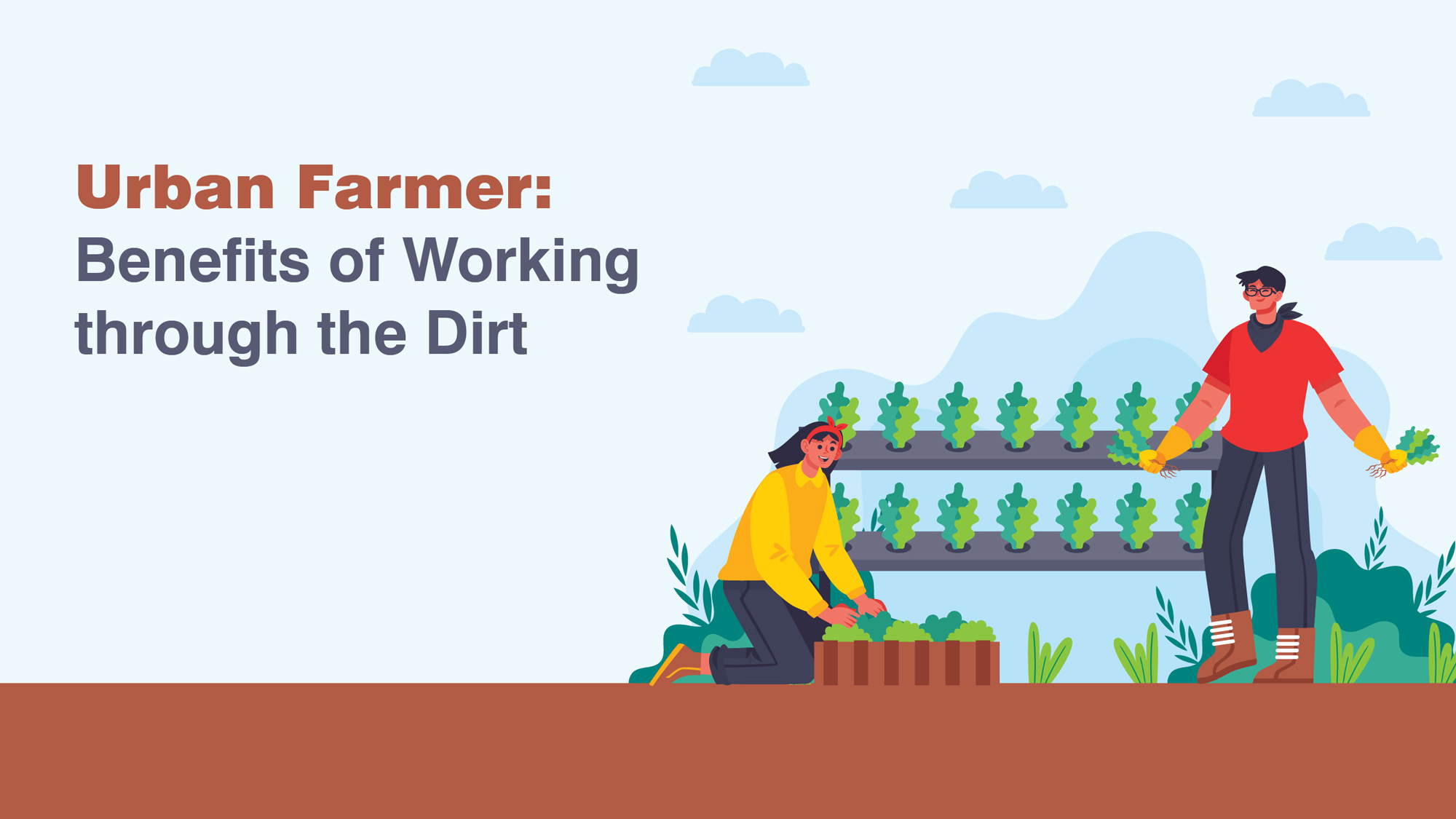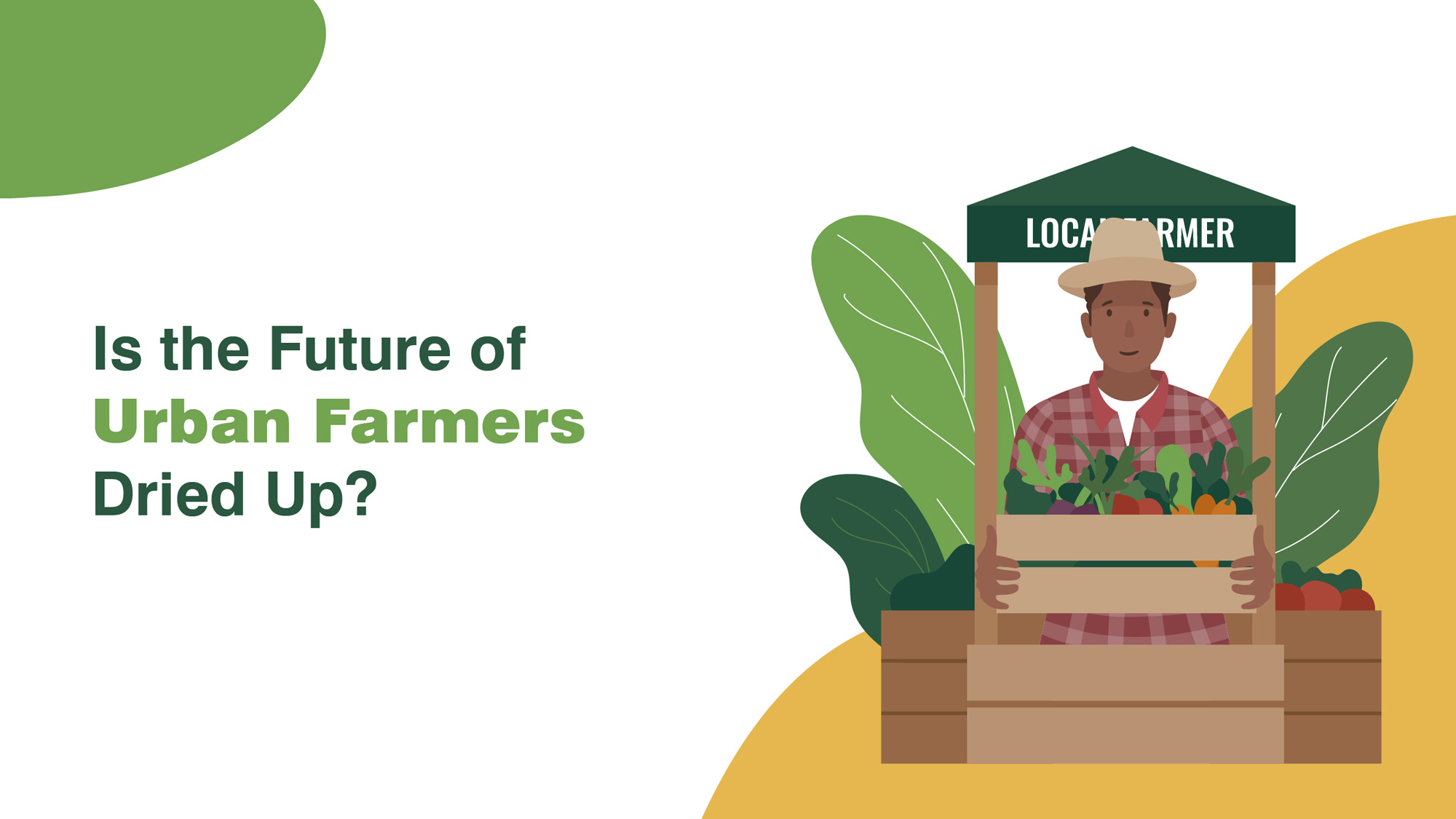Food demand is rising at an unprecedented rate as the world’s population continues to rise. The world’s population is predicted to reach 9.7 billion people by 2050, which means that in order to feed everyone, we would need to produce 70% more food than we do now. For traditional agriculture, which is already having trouble keeping up with demand, this poses a serious problem. Urban farming, a novel advancement in sustainable agriculture that is gaining popularity globally, is one answer to this issue.
By 2050, approximately 6.68 billion people will be residing in urban areas, according to the UN. A new report from the Barilla Centre for Food & Nutrition claims that urban dwellers consume the majority of the food produced globally and have more resource-intensive diets that include more processed and animal-sourced meals that are high in salt, sugar, and fats. Many urban populations, especially those living in low-income regions and unofficial groups, experience acute hunger and malnutrition in addition to having limited access to affordable, wholesome food.
What is Urban Farming?
Growing food in urban locations, typically on roofs, in backyards, or in communal gardens, is known as urban farming. It’s a technique to reintroduce agriculture into urban areas where it may be more accessible to consumers and lessen the environmental impact of long-distance food transportation. In addition to these and many other advantages, urban farming also contributes to the creation of green spaces in cities and the reduction of food waste.
From small-scale backyard gardeners to large-scale commercial operations, there are many distinct kinds of urban farmers. Urban farmers sell their produce to nearby markets, restaurants, and grocery shops as for-profit companies or nonprofit community organizations, respectively.
Urban farming has a variety of advantages, such as better access to fresh, wholesome produce, more neighborhood participation and social cohesion, lower carbon emissions from food transit, and increased knowledge of sustainable food systems and environmental stewardship.
Approximately 700 million city people, or one-quarter of the world’s urban population, are fed through urban farming, according to Greentumble.
Urban Farmer: Benefits of Working through the Dirt

- Urban farms can be established close to their consumers, eliminating greenhouse gas emissions from storage and transit.
- They occupy far less area than conventional farms on land, allowing them to produce much more finished goods per acre and maybe make up for the loss of arable land.
- Additionally, they can be constructed to preserve water and other conventional inputs, lessen the need for pesticides, eliminate the threat of extreme weather, and more.
- No matter the climate or land quality, they can be developed efficiently anywhere people live, giving high-quality, nourishing food to expanding communities around the world.
Recent Innovations in Urban Farming
Urban farming has recently improved in terms of efficiency, cost, and scalability. One such invention is vertical farming, which includes employing hydroponic systems and artificial lighting to grow crops in layers that are stacked vertically. With this strategy, crops may be produced all year, less water is used, and pesticides and herbicides are not required. Aquaponics, which mixes hydroponics and fish farming, is another breakthrough. In an aquaponics system, fish waste is used as plant fertilizer, and the plants serve as water filters, resulting in a highly effective and long-lasting closed-loop system.
Urban Farming in Action
A study by the University of California found that urban farming can provide a range of environmental benefits, including reducing greenhouse gas emissions, conserving water, and improving soil health. For example, rooftop gardens can reduce the urban heat island effect by providing shade and reducing the amount of heat absorbed by buildings.
Cities all across the world are already noticing the benefits of urban farming. On the roof of a conference center in Paris, the biggest urban farm in Europe was constructed recently. It produces 1,000 kg of fruits and vegetables every day. Urban farming has emerged as a means of supplying residents with wholesome, fresh food in Detroit, where many neighborhoods are considered food deserts. More than 1,500 urban farms and community gardens in the city produce more than 400,000 pounds of fresh vegetables annually.
Is the Future of Urban Farmers Dried Up?
Could new technology tip the scales in favor of urban farms by rendering them more widely used?
The ambition of a new generation of farmers and entrepreneurs is to somehow integrate Silicon Valley power into the food we all eat, whether it is produced in a warehouse or on an outdoor farm. These initiatives range from using genome editing, big data analytics, and machine learning to design better crops to developing robots that can pick apples, raspberries, and other fruits and vegetables. Drones have even been used to gather information that can help farmers and ranchers better plan and manage their facilities.

With the advent of novel technologies such as Machine learning, IoT, and much more, the scope of urban farming is expected to witness a boom shortly. And as far as the question lingering about when that will happen, is still lurking on the horizon with many companies striving to come up with solutions and answers.
Harvesting It Up
Urban farming is a recent innovation in sustainable agriculture that has the potential to change how we produce and consume food, as well as how our cities are built. Urban farming is becoming more successful, affordable, and scalable thanks to recent advancements in vertical farming, aquaponics, and other methods. We need creative solutions, like urban farming, to help feed everyone while minimizing our environmental impact as the world’s population continues to increase.
Urban farming is a rapidly expanding trend that aims to support the production of food that is both environmentally and socially sustainable and that is supplied locally. There are numerous advantages to urban farming, including better access to fresh and healthy produce, increased community engagement and social cohesion, reduced carbon emissions from food transport, and increased awareness and education about sustainable food systems and environmental stewardship.
Urban farmers can range from small-scale backyard gardeners to large-scale commercial operations. Fresh produce may be directly accessed by urban dwellers through urban agriculture, which presents a potential prospect. In the years to come, urban farming is anticipated to gain popularity and scale.




